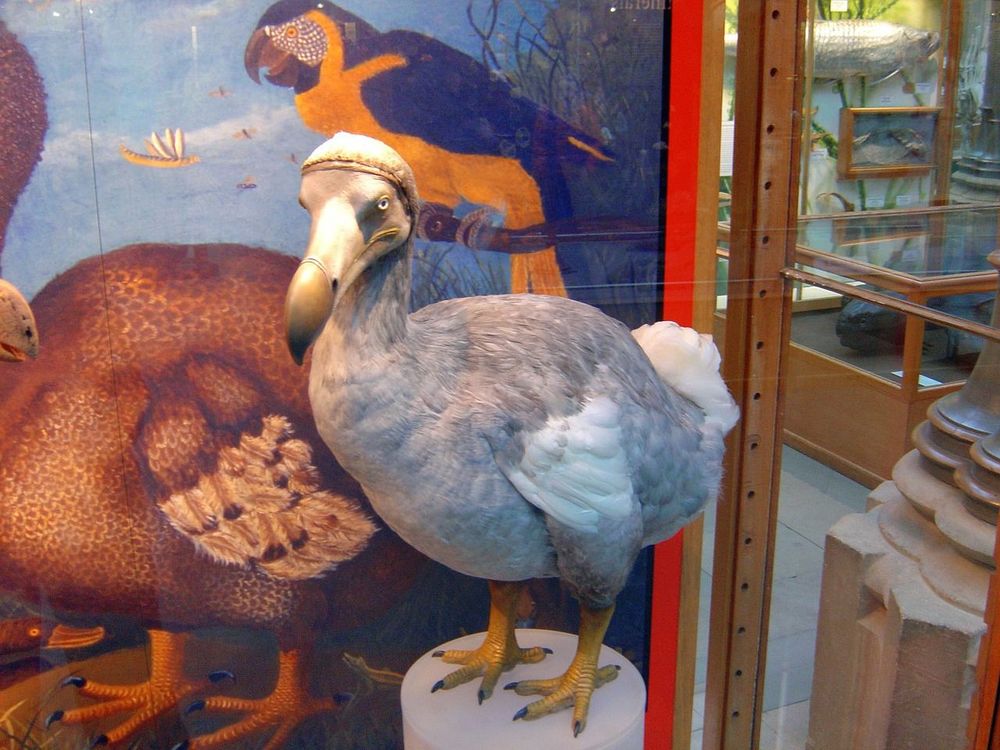Table of Contents
Discover the Fascinating History of the Legendary Dodo Bird of Mauritius
The story of the iconic and flightless bird that once roamed Mauritius is a captivating blend of legend and historical reality. Although native solely to Mauritius, the dodo has evolved into a global symbol of extinction and serves as a proud reminder of the island’s rich heritage. Its legacy lives on in classrooms, museums, and the hearts of the Mauritian people.
The Dodo Bird: Nature’s Unlikely Creature
The iconic bird of Mauritius was a remarkable example of evolution in isolation. Weighing around 50 pounds and endowed with a bulky, flightless body and small wings, the dodo was perfectly adapted to life on Mauritius—a land free from natural predators. This lack of danger allowed the bird to lose its ability to fly over thousands of years, resulting in its distinctive appearance and leisurely demeanour. However, this adaptation would soon prove to be its undoing.
Arrival of the Portuguese and Dutch
Mauritius remained largely untouched until the early 16th century. In 1505, the Portuguese first set foot on the island, but it was not until the arrival of Dutch settlers in 1598 that human impact began to take a toll on the dodo population. Under Dutch rule, Mauritius became a penal colony. The combination of hunting, habitat destruction, and the introduction of non-native animals—such as pigs, dogs, and monkeys—led to a rapid decline in the its population. Within a little over 100 years of human contact, the last known dodo was killed in 1681, marking a tragic end to a unique species.
“Dead as a Dodo” and the Global Legacy
The extinction of the bird gave rise to the famous phrase “dead as a dodo,” a colloquial expression symbolising something that is irretrievably lost. Despite its extinction, Mauritius iconic bird cultural impact endures. The bird has been immortalised in literature, most notably in Lewis Carroll’s “Alice’s Adventures in Wonderland” (1864), ensuring its place in global storytelling. Today, this legendary bird stands as a stark reminder of the fragility of species and the profound impact human activity can have on the natural world.
The Legendary Bird in Mauritian Culture
Even though it was long gone, its legacy is very much alive in Mauritius. The bird is celebrated as a national symbol, and its image is ubiquitous throughout the island. From coins and postage stamps to souvenirs, plush toys, and locally crafted jewellery, the bird likeness serves as a tribute to its place in Mauritian history. These everyday reminders ensure that the story of the dodo is passed down through generations, keeping its memory alive as a symbol of both loss and resilience.
Visit the Dodo Skeleton at the National History Museum
For those interested in experiencing its legacy firsthand, a visit to the National History Museum in Port Louis is a must. Here, you can view one of the few remaining skeletons of the famous Mauritian bird and explore exhibits that detail the bird’s life and extinction. The museum provides a comprehensive narrative of its journey, offering valuable insights into its biology, its impact on Mauritian history, and the broader lessons of conservation and extinction.
The tale of the legendary bird is both a cautionary account of human-induced extinction and a proud element of Mauritian identity. Though this flightless bird is no longer with us, its spirit endures in the cultural and historical fabric of Mauritius. Whether encountered in a museum, seen on a souvenir, or heard in the echoes of the phrase “dead as a dodo,” the legacy of this unique creature continues to educate and inspire. As you explore Mauritius, take a moment to appreciate the enduring story of the dodo—a symbol of nature’s vulnerability and the importance of preserving our planet’s precious biodiversity.
Frequently Asked Questions (FAQ)
What made the dodo bird unique?
The legendary bird was a flightless bird native only to Mauritius, perfectly adapted to an environment without natural predators. Its large, bulky body and small wings are distinctive traits that resulted from its isolated evolution.
When did the dodo become extinct?
It became extinct in 1681, shortly after the arrival of humans, due to hunting, habitat destruction, and the introduction of non-native species.
How did the phrase “dead as a dodo” originate?
The phrase arose from the dodo’s extinction and has since become a colloquial expression used to denote something that is irretrievably lost.
How is the dodo represented in Mauritian culture today?
The legendary bird is a national symbol in Mauritius. Its image appears on coins, stamps, souvenirs, and various crafts, ensuring that its legacy remains a celebrated part of the island’s cultural heritage.
Can I see any remains of the dodo today?
Yes, one of the few remaining skeletons can be viewed at the National History Museum in Port Louis, where exhibits provide detailed insights into its life and extinction.
You can visit the following links for more information on Mauritius, where to stay in Mauritius , on hotels in Mauritius and luxury resorts in in Mauritius






